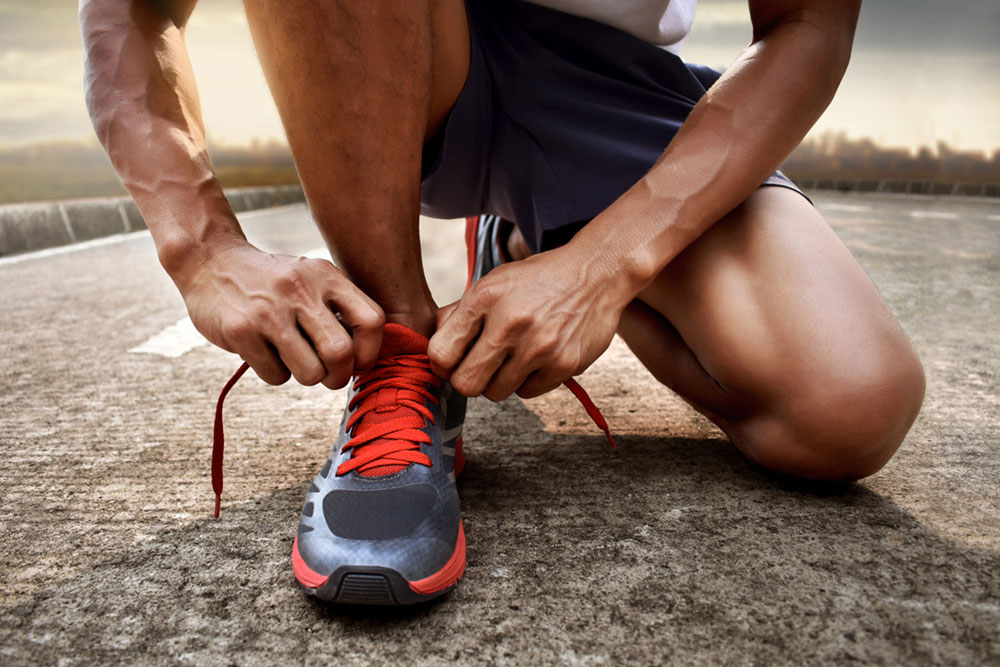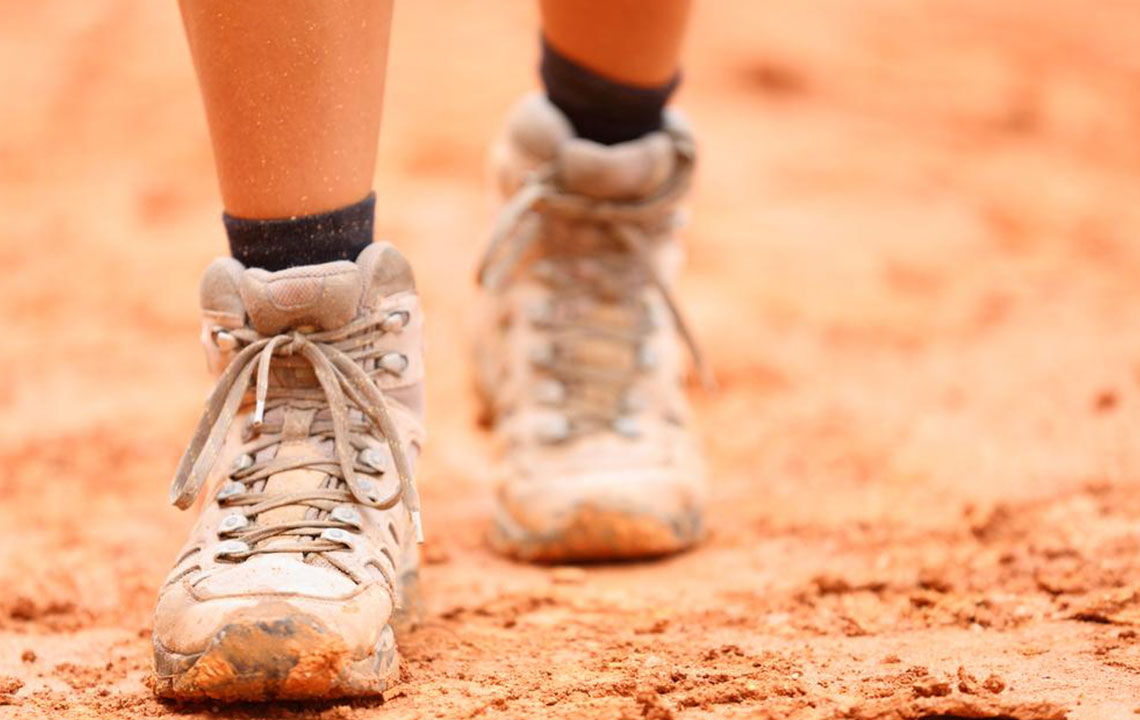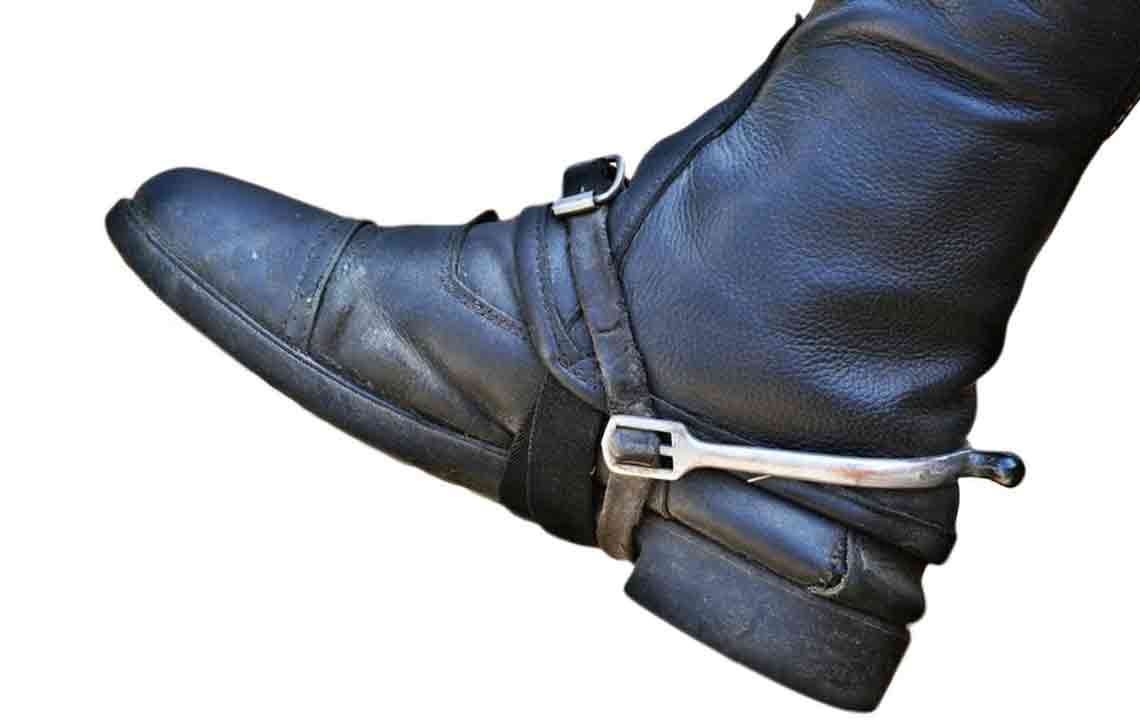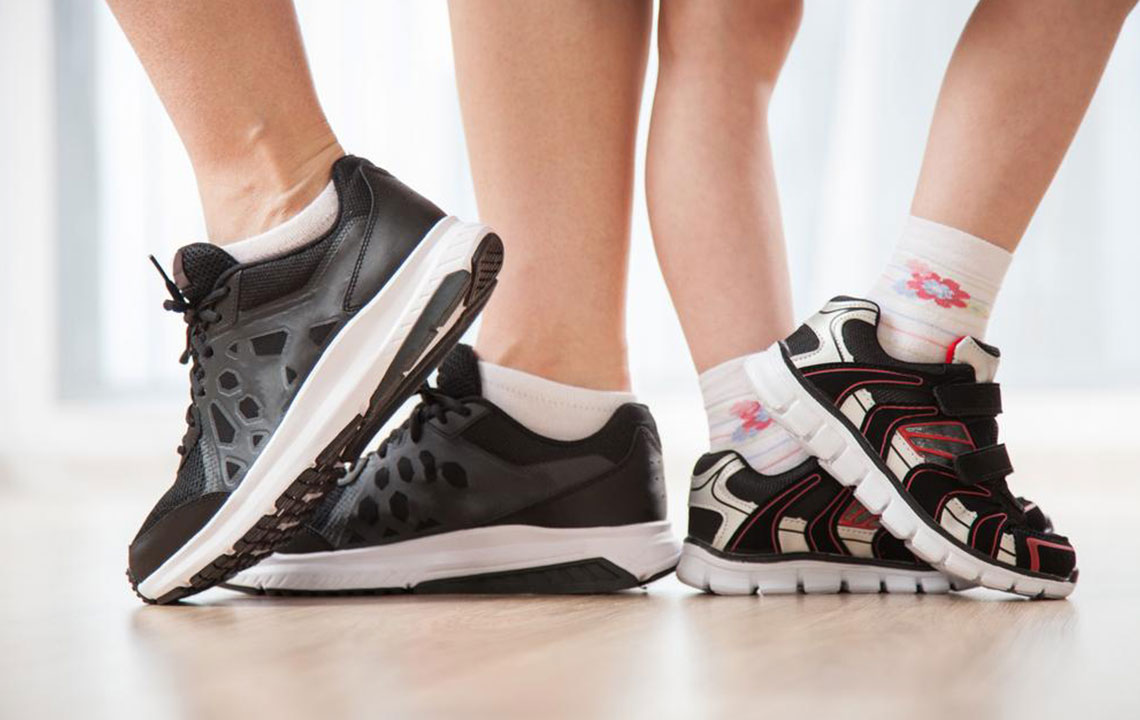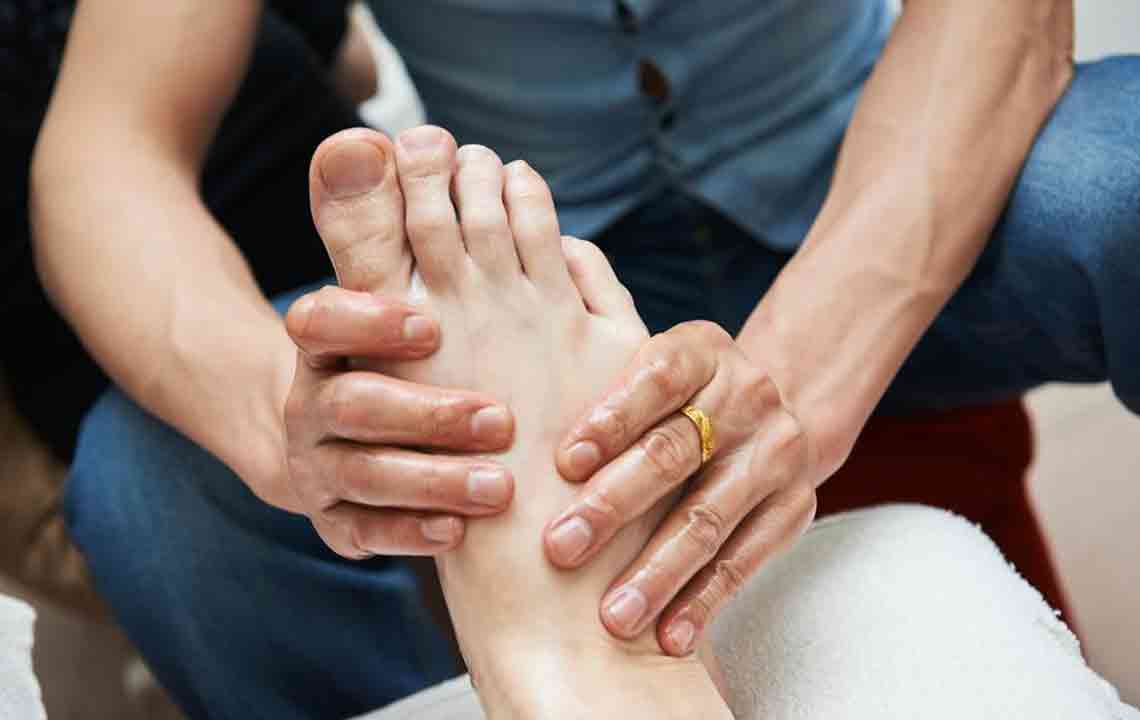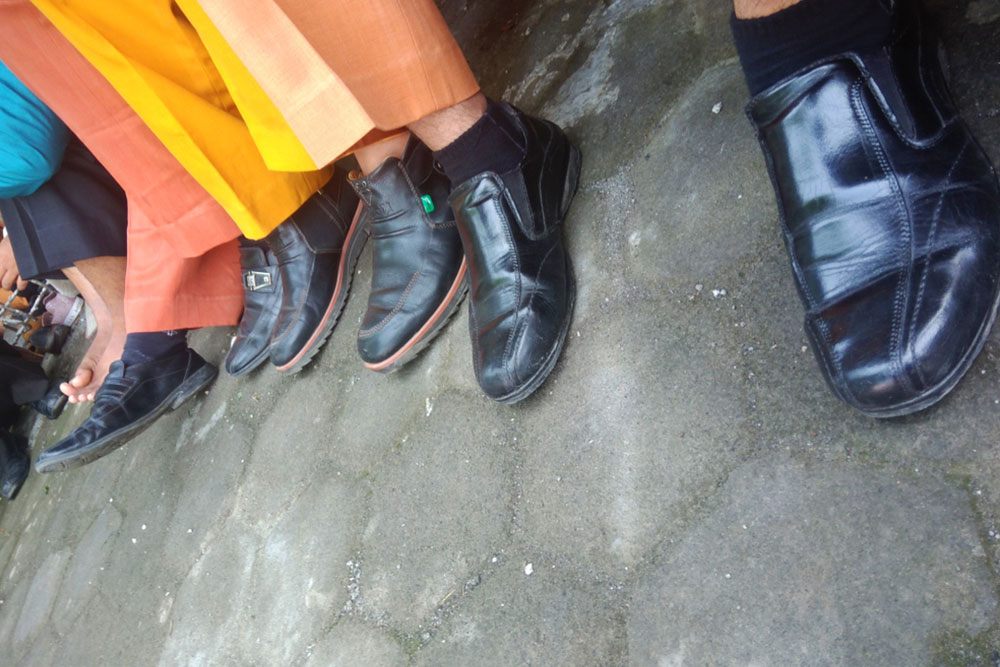Comprehensive Guide to Bunion Prevention and Treatment Strategies
This comprehensive guide explores effective strategies for bunion relief and management. It covers lifestyle adjustments, supportive footwear, natural remedies, and medical options, including surgery. Understanding these methods can help prevent bunions from worsening and improve foot health. Early intervention and proper care are crucial for maintaining comfort and mobility, whether through simple home remedies or professional treatments. Read on to learn how to effectively manage and prevent bunions for a healthier, pain-free life.

Comprehensive Guide to Bunion Prevention and Treatment Strategies
If you find yourself avoiding certain shoes because of a painful bump at the base of your big toe, it’s essential to understand how to effectively manage and prevent bunions. This common foot condition, characterized by a bony protrusion at the joint of the big toe, can significantly impact your daily activities and overall comfort. Fortunately, there are numerous strategies—from lifestyle changes to medical interventions—that can help alleviate symptoms and prevent progression.
Bunions, or hallux valgus, are deformities that develop when the bones of the big toe joint become misaligned. This misalignment leads to the formation of a painful bump, swelling, redness, and stiffness. Over time, untreated bunions can cause the toe to drift toward neighboring toes, resulting in overlapping toes and further discomfort. The condition is often associated with footwear choices, genetic predisposition, and biomechanical factors.
The severity of bunions varies, and so do the available treatment options. While surgical intervention remains a definitive solution for severe cases, many individuals can find relief through non-invasive, natural remedies and lifestyle modifications. Understanding these options can help you choose the most suitable approach based on your condition.
Choose Comfortable and Proper Footwear
One of the most effective ways to prevent bunions from worsening is by selecting footwear that offers adequate space for your toes. Shoes with narrow fronts, pointed toes, or high heels can exacerbate the deformity by increasing pressure on the joint. Opt for shoes with a wide toe box, low heels, and good arch support. Prioritizing comfort can prevent the progression of bunions and alleviate discomfort during daily activities.
Utilize Bunion Padding and Taping
Over-the-counter bunion pads can cushion the protruding joint, reducing friction and pressure from footwear. Additionally, taping your foot following proper techniques can help realign the toe and distribute pressure evenly. Consultation with a podiatrist can ensure that taping is done correctly, maximizing relief and preventing further deformity.
Supportive Shoe Inserts
Inserts such as orthotic arch supports or customized insoles can stabilize the foot, improve alignment, and reduce pain. These supports help distribute weight more evenly across the foot, decreasing strain on the bunion. Consistent use of supportive inserts can also promote better foot mechanics and potentially prevent the worsening of the deformity over time.
Cold Therapy for Inflammation and Swelling
If your bunion is inflamed or swollen, applying cold therapy can help reduce discomfort and swelling. Use an ice pack wrapped in a soft cloth and apply it to the affected area for 15-20 minutes at a time. Avoid direct contact with ice to prevent skin injury. Regular cold therapy can provide temporary relief from pain and inflammation, especially after long periods of weight-bearing activities.
Preventive Measures and Lifestyle Adjustments
Preventing bunions involves mindful choices and habits. Avoid activities that put excessive strain on your toes, such as prolonged standing or high-impact sports. Engage in low-impact exercises like swimming, cycling, or stretching to maintain foot strength without aggravating the condition. When resting, elevate your feet to reduce swelling, and consider padding pressure points with moleskin or felt to prevent skin breakdown and discomfort.
When Home Remedies Are Not Enough: Medical Interventions
Despite diligent self-care, some cases of bunions may require medical treatment. Consulting a healthcare professional ensures you receive appropriate advice tailored to your severity level.
Medications for Pain Management
NSAIDs such as ibuprofen or aspirin can alleviate pain and reduce inflammation. Over-the-counter pain relievers like acetaminophen (Tylenol) may also be used. However, these medications do not address the structural deformity, serving only as temporary relief. Always consult a healthcare provider before starting medication, especially if you have underlying health conditions or are taking other medications.
Surgical Options for Advanced Cases
Surgery is often considered when bunions cause persistent pain, deformity worsens, or interfere with daily activities. Several surgical procedures are available, with the choice dependent on the severity and specific characteristics of the bunion.
Osteotomy: This is the most common procedure, where the surgeon cuts and repositions the misaligned bones to restore normal alignment. Usually performed under local anesthesia, osteotomy allows for a quicker recovery and can often be done as a day surgery.
Bunionectomy: In cases of severe bony growth, removal of the protruding bone may be performed to reduce the bump and improve joint function.
Arthrodesis: Fusing of the big toe joint might be necessary in cases of severe arthritis or deformity, providing stability but sacrificing joint motion.
Soft tissue procedures: These involve realigning muscles, tendons, and ligaments around the joint to improve stability and function.
Post-operative care typically involves rest, elevation, ice therapy, and sometimes physical therapy to restore mobility. Recovery times vary depending on the procedure and individual health status.
In conclusion, managing bunions effectively requires a combination of proper footwear, lifestyle adjustments, supportive devices, and, when necessary, medical intervention. Early detection and proactive care can prevent severe deformity and sustain foot health over the long term. Consulting with a podiatrist or orthopedic specialist is essential for personalized treatment plans tailored to your specific needs.
